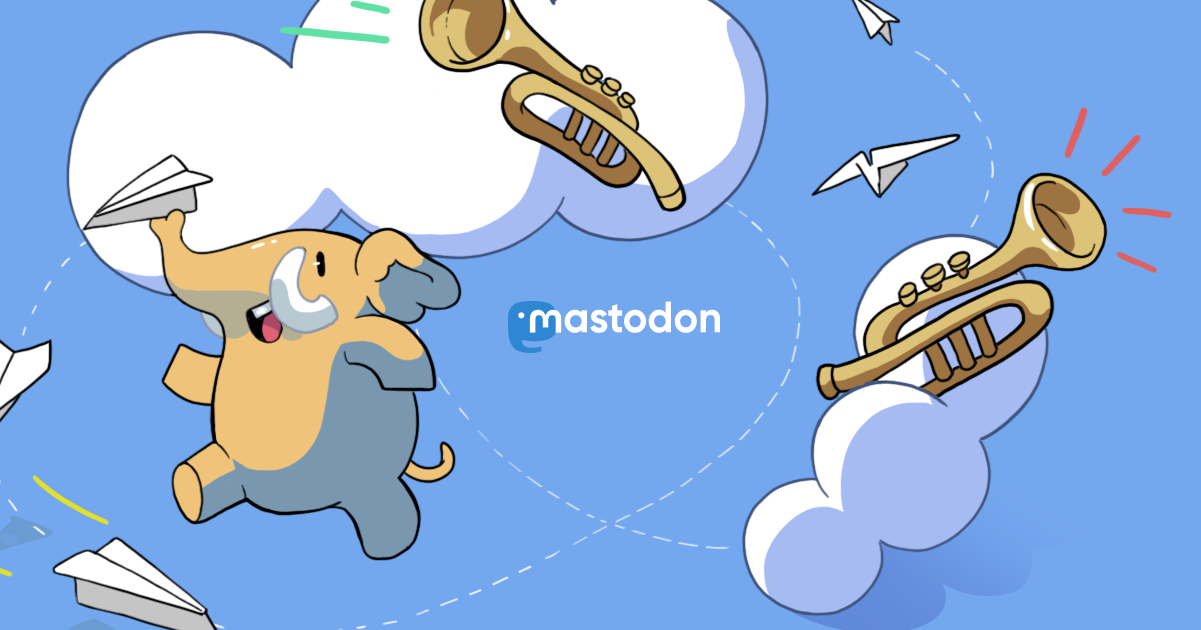@noeldemartin Is there a way to make "blog" pages with Solid?
I really want a place I can keep tutorials (text, code snippets and diagrams) together and share them.
I'd like a kind of main index out to pages approach so it's easy to navigate.
Is this possible with some kind of online markdown to html app, or is it a more write-your-own-html manually kind of situation?
@dbat You can write html files and solidcommunity.net will render them if you visit the url. And you can use something like https://dokie.li to write the files. For example, like this: https://solidos.solidcommunity.net/
But I don't think that's something all POD providers will do, it may be specific to solidcommunity.net.
If you're interested to learn about the practical uses of Solid, I'd suggest looking at @angelo's video series on Practical Solid: https://forum.solidproject.org/t/practical-solid-video-series/7974
@noeldemartin Thanks. I saw dokieli and got v confused when it stopped-short of how to actually write content!
It's wild. Why would they not explain that part? Beats me.
Realize I have to insert HTML in the source, but man is that an obscure rat's nest of text. And only because I have done HTML for decades! Beginners looking for a type-stuff-and-post-it will be so lost!
@dbat Maybe @csarven can answer why the part on "how to write" is not explained :).
Personally I haven't used dokieli because I use Laravel for my actual blog. But if I wanted write plain HTML files I'd probably just use Github Pages because it seems a lot more straightforward than using a Solid POD. I think Solid can be great for interoperability, but for read-only documents (like a blog), it can be overkill. Maybe you could have a comments section with Solid though.
@dbat @csarven Well, yes and no.
Technically, Solid PODs store 2 types of documents: RDF Resources and non-RDF resources (also called "binaries"). Ideally, most things you store would be RDF resources, because they are the ones that contain semantic data that any application can understand. But you can also have non-RDF resources like images, videos, ... or HTML files.
However, I don't think the spec mandates that when you visit the url for a non-RDF resource, it should return its contents.
@noeldemartin @dbat Solid Protocol doesn't overly classify things into RDF/non-RDF in the same way eg LDP does. Only says that if something is deemed to be RDF (see also: concrete RDF syntax) then it should be available as Turtle/JSON-LD when asked. Which is why some servers eg NSS are capable of providing Turtle/JSON-LD serializations of resources with hosting languages including RDFa.
Server implementation could limit itself to RDF but then its ability would be limited for "personal" stuff.


@dbat @csarven I understand the confusion, because Solid's vision is very broad and all encompasing. But if you actually understand how it works, it's not that complicated.
Still, I'm sure you will read many people talking about what it could do in the future. That's why I like to distinguish between what it can do today, and what it can potentially do in the future.
If you haven't seen it, I gave a talk where I explain the basics in ~10 minutes: https://noeldemartin.com/fosdem